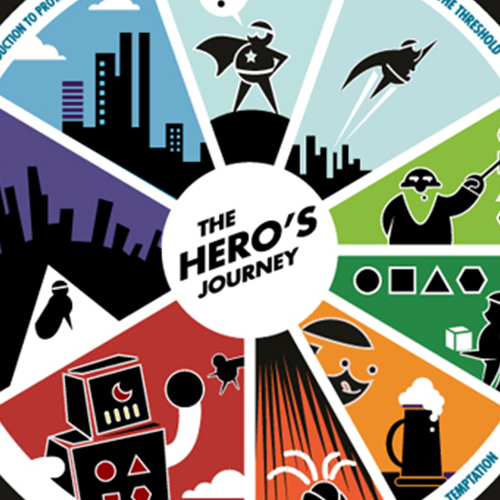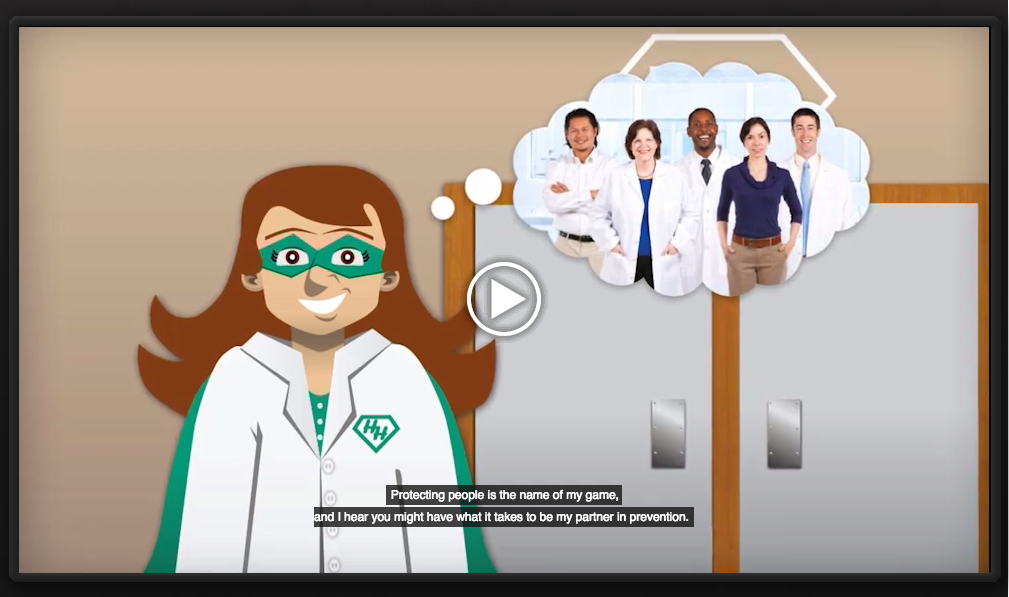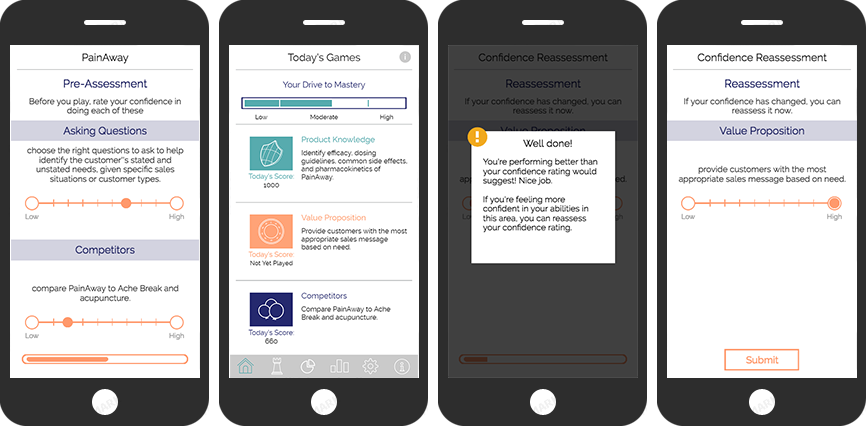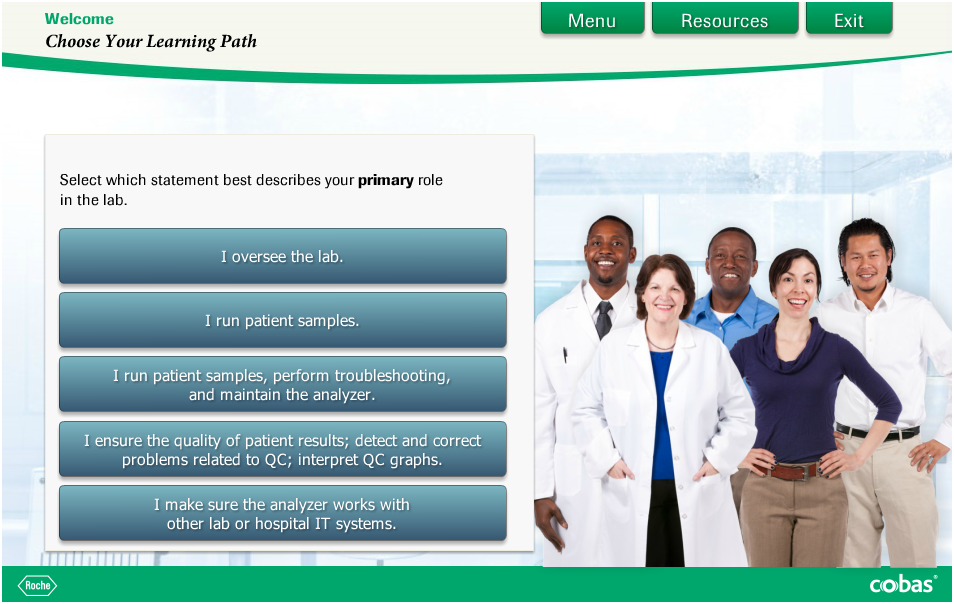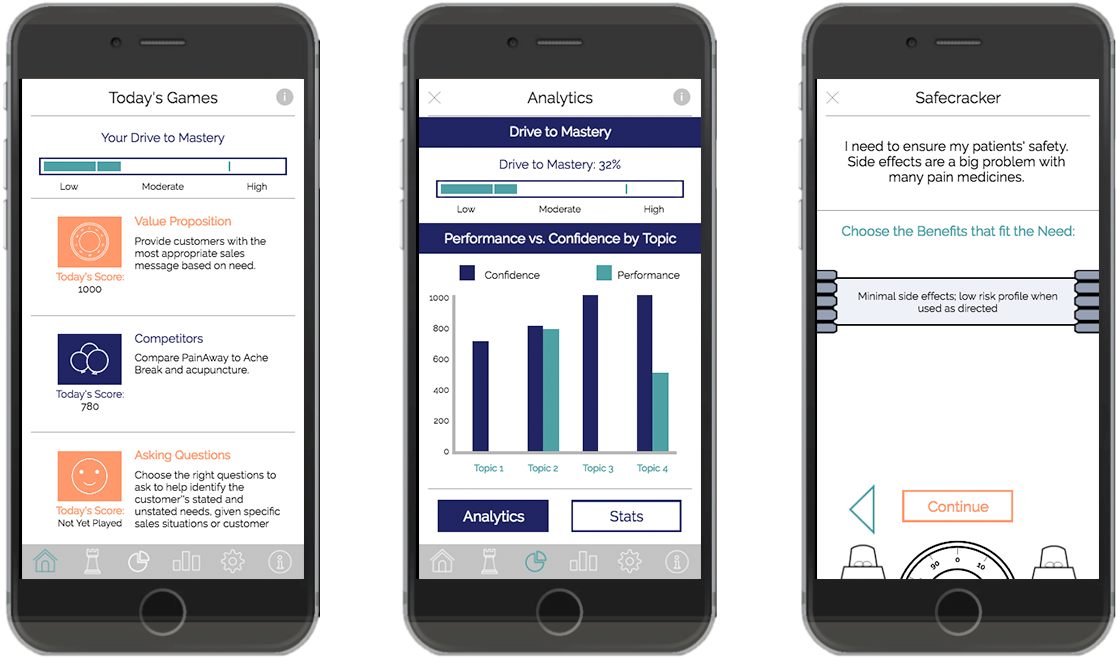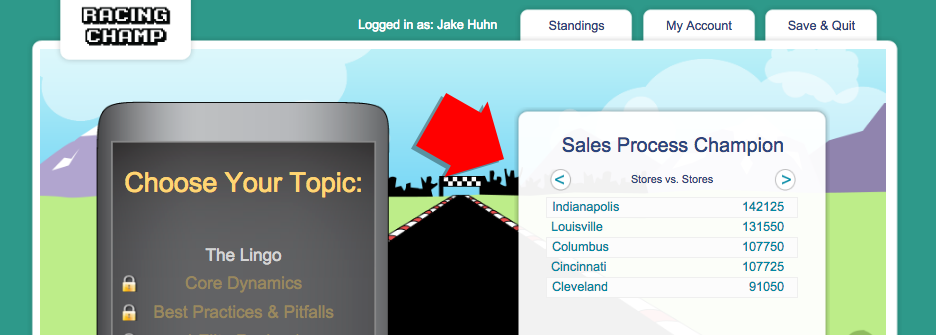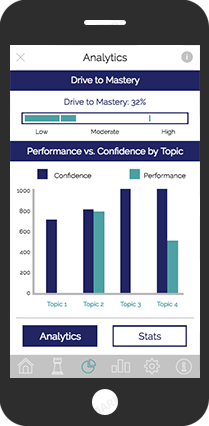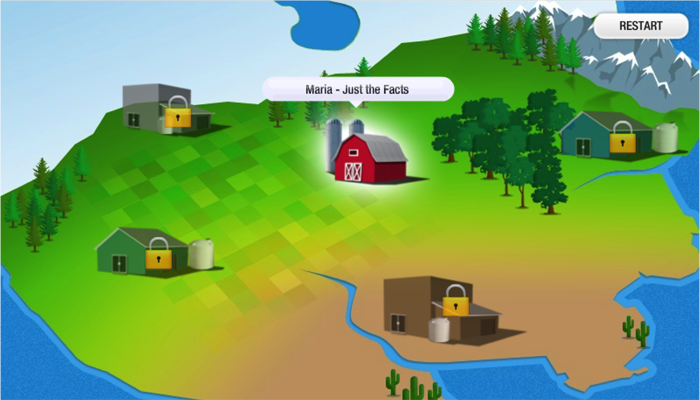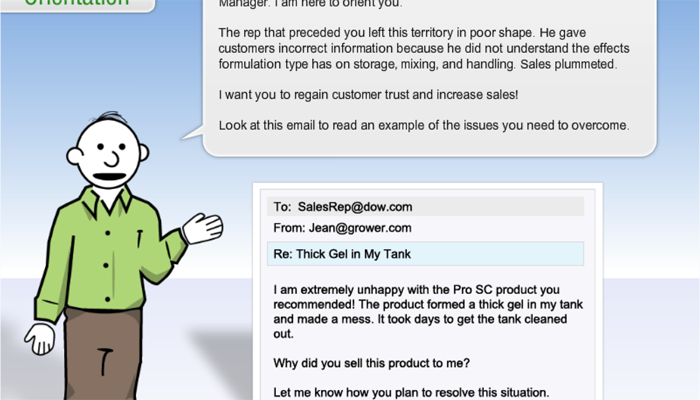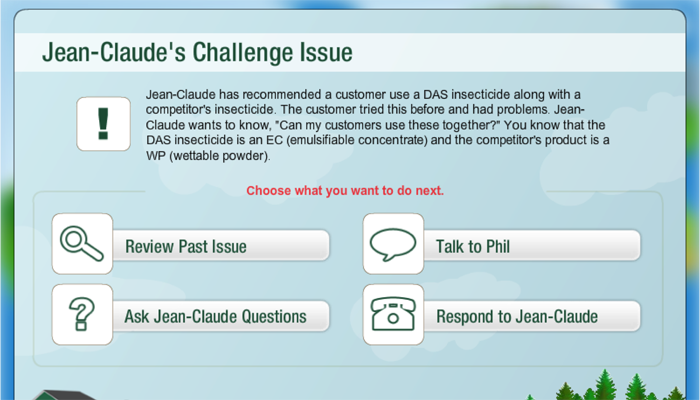Training Reinforcement: An Insurance Policy for Your Training

Few topics get people less excited than insurance. Some cringe in frustration. Others yawn with boredom.
Yet we all know in our heart of hearts that insurance is a necessity. This is especially true if you have experienced a major “hometrastrophe,” been rear-ended or needed an expensive medical treatment.
Many organizations think of their training as a form of insurance against things like poor employee performance, regulatory fines, and the risk of talented employees leaving their organization. Organizations collectively spend billions of dollars on this insurance. But how do they make sure that all of this training is doing what it’s supposed to do? What’s the point of even having training if your learners can’t remember what they need to be successful? What’s the impact if they can’t stand taking the training?
Just like we all hope to avoid the scary surprise that a major accident or prescription drug is in fact not covered by our insurance policy, organizations would do well to make sure the insurance they are buying (training) does what they need it to do. Here’s the honest truth: training won’t get you the results you want unless you include training reinforcement in your overall design.
Training Reinforcement 101
Traditional training is typically conducted in an event-based model. The course is sent out… and learners complete it. Sales reps fly in for the national sales meeting, learn about this year’s new products… and then return to their territories to keep doing things the same way they were before.
Reinforcement breaks this cycle by turning the event-based model into a campaign-based model. Instead of thinking about individual events and courses, trainers plan an extended campaign that includes multiple touch points, reminders and review opportunities.
Types of Training Reinforcement
There are many different tools and reinforcement methods available to help you, depending on the learning need. The approach you choose should depend on whether you need learners to find and locate what they need or recall it from memory at the moment of need. Most training reinforcement programs incorporate tools that support both of these needs.
1. Performance support tools
Performance support is easy to understand. After training is over, you want your learners to be able to look up the information that was covered. But what good is a SharePoint site if learners can’t easily access it on their mobile device? Are they able to easily search for what they need? What good is a support PDF if it is already out of date the moment you email it or paste the link in your LMS?
Modern performance support tools are mobile-first (or at least mobile-optimized), searchable, and easy to access. When content is updated, learners instantly have the latest version. The technology is here and surprisingly easy to implement in most cases. The key is to focus performance support tools on important – but not frequently performed – content, knowledge, and skills. If learners are constantly returning to reference a particular piece of content, they may need to learn some of it “cold.”
2. Spaced repetition
Need learners to perform a skill or deliver a specific message to a customer without looking it up? You should plan a reinforcement program that incorporates spaced repetition. Numerous studies have shown that learners retain more information when they have the opportunity to review and relearn it multiple times over several days or weeks. Spaced repetition is especially valuable when you want to make sure sales reps are all delivering the same message or employees know the right steps to follow in a frequently performed process.
3. Microlearning
Microlearning and spaced repetition often go hand in hand. It allows you to reinforce the most important concepts and need-to-know information after a training event without requiring a large time commitment from learners. While learners should refer to your performance support tool when they need to look something up, the knowledge you need them to recall from memory should be frequently reinforced in small chunks. Microlearning is highly effective for training reinforcement, but don’t let the hype deceive you: it isn’t always the answer.
We designed Knowledge Guru’s new Drive app with this use case in mind. The app delivers customized daily mini-games to learners on their mobile devices. Each play session takes only five minutes to complete.
4. Mobile learning
While many organizations still deliver the majority of their training on computers, most of us do the lion’s share of online tasks on mobile devices. Even if your primary training event takes place on a desktop or in a classroom, chances are high that at least part of your reinforcement strategy will involve mobile delivery. A sound training needs analysis will help you identify the delivery method that is most useful to your learners.
5. Coaching
Coaching is the most “old school” of all the methods I’ve described. It still works, and in many cases, it is the most impactful training reinforcement method of all. The question should not be “should we coach?” but rather “who will coach and how will we make our coaches successful?” In many cases, the folks who you need as coaches are some of the busiest people in your organization. It’s important to give coaches the support, tools, and technology they need to succeed.
A variety of learning technologies exist to make coaches better at what they do. For example, the dashboard in one of our Knowledge Guru apps allows coaches to see how a learner’s confidence compares to their actual performance level on different topics. Arming coaches with relevant data is one way to help coaches be more successful in their role.
6. Reminders and Promotions
Trainers could learn a great deal from marketers. Six years in a marketing role have taught me that messages need to be clear, concise and repeated often. Trainers who see the best results from our Knowledge Guru platform put on marketing hats when they roll out their programs. A consistent theme, mixed mediums, timely emails, and easy-to-find hyperlinks to the relevant material are essential. Contests and competitions, when implemented well, make learners more likely to engage.
We all know in our heart of hearts that we need insurance. I think we also know that training as a one-time event doesn’t work. Training reinforcement is the answer… and it’s more than a nice-to-have.







